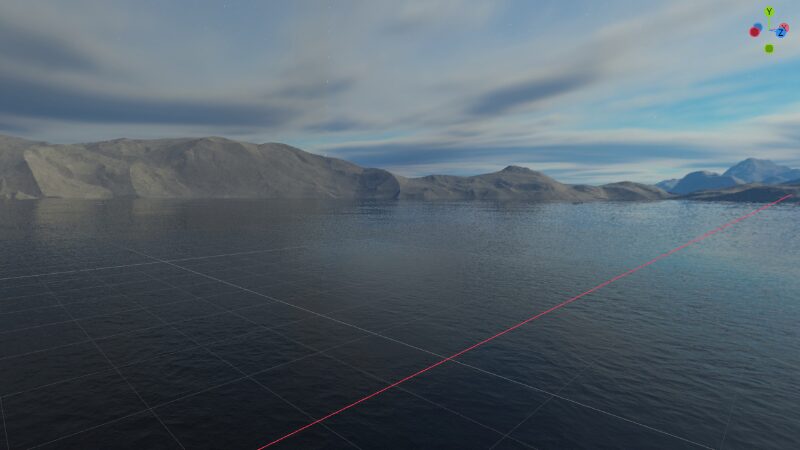Stationary star skybox 3D
This shader separates the skybox sphere into sections of roughly similar area. Then it draws a star in each section to obtain a uniform distribution of stars.
Shader code
shader_type sky;
uniform int vertical_sections = 21;
uniform float star_size = 0.02;
uniform float star_falloff = 4.;
uniform float margin = 0.05; // How far the star is from the edge of it's section. Avoids artifacts at the edge of sections.
vec2 get_partition(vec2 sky_coords) {
// Separate the sphere into sections of roughly equal width and height.
float y = sky_coords.y * 2. - 1.;
float section_y = ceil(abs(y) * float(vertical_sections)) / float(vertical_sections);
float horizontal_sections = max(4., ceil(float(vertical_sections) * 4. * cos(section_y * PI / 2.)));
horizontal_sections = horizontal_sections > 0. ? horizontal_sections : 1.;
return vec2(sky_coords.x * horizontal_sections, y * float(vertical_sections));
}
vec2 rand_vec2(vec2 xy) {
float rand1 = fract(sin(dot(xy, vec2(11.9131, 81.2317))) * 57183.77193);
float rand2 = fract(sin(dot(xy, vec2(16.8131, 91.2327))) * 37113.66193);
return vec2(rand1, rand2) * ( 1. - margin * 2.) + margin;
}
float star_brightness(vec2 sky_coords) {
vec2 partitions = get_partition(sky_coords);
vec2 partition_index = floor(partitions);
vec2 inner_coord = fract(partitions);
vec2 star_coord = rand_vec2(partition_index);
float dist = length(inner_coord - star_coord);
return pow(star_size / dist, star_falloff);
}
void sky() {
COLOR = vec3(star_brightness(SKY_COORDS));
}







